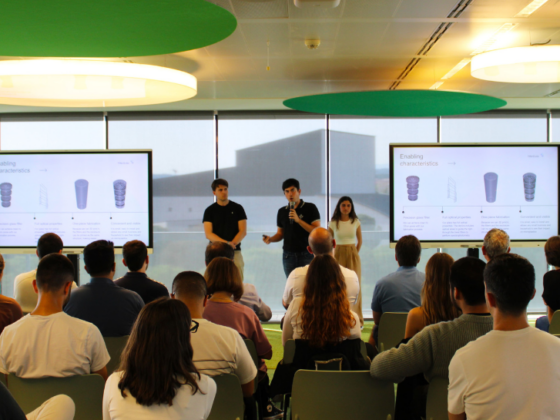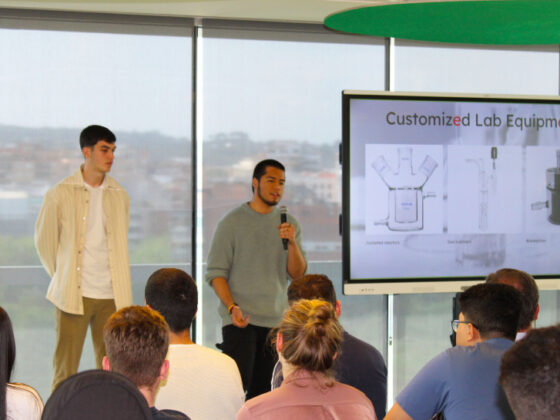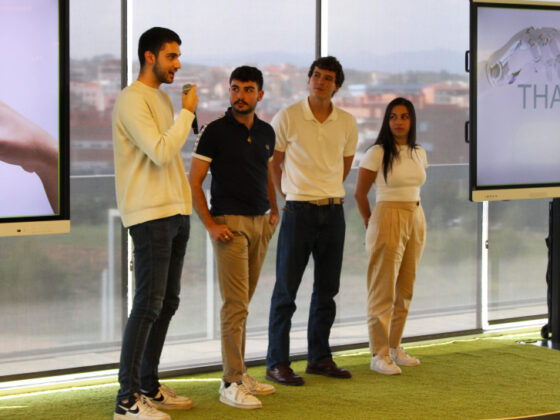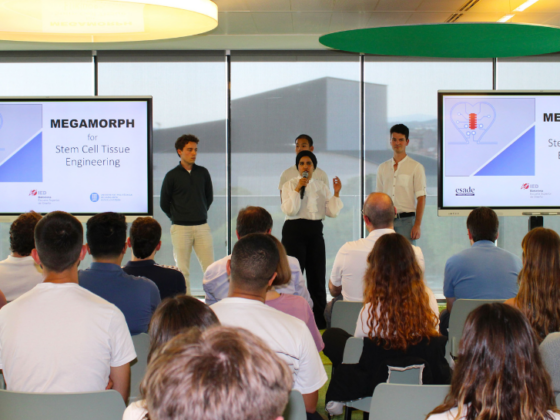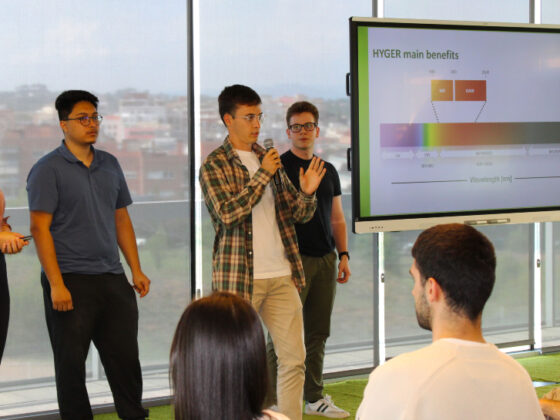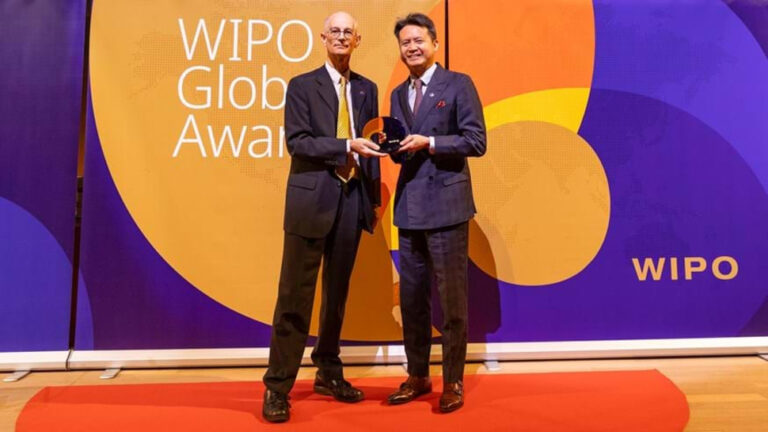Last week, the 37 students from the second edition of the Technology for Social Innovation (TeSI) program had their Final Gala at Esade, where they had the opportunity to showcase the prototypes they worked on throughout this 15-week program.
TeSI encourages seeking radical solutions to societal challenges through interdisciplinary teamwork between students from Esade, IED Barcelona and UPC. And through the program, they have the chance to identify alternative and disruptive applications and business models for ATTRACT technologies.
These are the six teams that participated in the current edition:
- Team 1: the “Filter2Less” project is an intelligent filter for washing machines that allows not only to filter microplastics but to measure them. It is done with Glassomer technology, making it fully recyclable and transparent. The ability to see through it creates awareness and a real impact on people.
- Team 2: in the medical environment there is a big amount of non-recyclable waste due to the single-use devices of plastic used in treatments. With Glass2Mass technology, this equipment can be made of glass, meaning it will have better properties and will be possible to reprocess, sterilize and therefore reuse unlimited times.
- Team 3: MEGAMORPH, an advanced technology featuring arrays of micro pixels that leverage layers of graphene to display colours, has been ingeniously utilized in two novel ways to enhance the functionality of modern prosthetics. The first application involves the emission and reception of ultrasound signals, a non-intrusive method that interprets muscle movements with high precision. Concurrently, MEGAMORPH can be effectively integrated as a force detector, acting as an artificial skin to recreate or simulate the tactile sensation. These unique implementations significantly improve the overall experience for the user.
- Team 4: MEGAMORPH is a revolutionary graphene-based technology with countless applications. Our research has shown it to be unmatched in tissue engineering for producing bio-grafts with stem cell differentiation techniques. This breakthrough could have significant implications for heart reconstruction and other fields.
- Team 5: “CropTracker” is a device which uses HYGER technology to take hyperspectral drone images from agricultural fields. This image gets processed with AI into valuable data for the farmer, which the farmer can act upon. The aim is to optimize the irrigation system, increase harvest and reduce water waste.
- Team 6: “MeatVisor” uses HYGER technology, a Germanium photosensor with advanced covering techniques, to leverage Hyperspectral Imaging for precise prediction of meat expiration dates. HYGER exhibits high resolution within the SWIR and NIR spectral ranges and offers cost-effective manufacturing through its CMOS compatibility. These competitive advantages align seamlessly with Hyperspectral cameras. By incorporating state-of-the-art methods in meat quality authentication, we enhance the accuracy of expiration date inference for meat and beef products.
More information about the TeSI program is available here.

